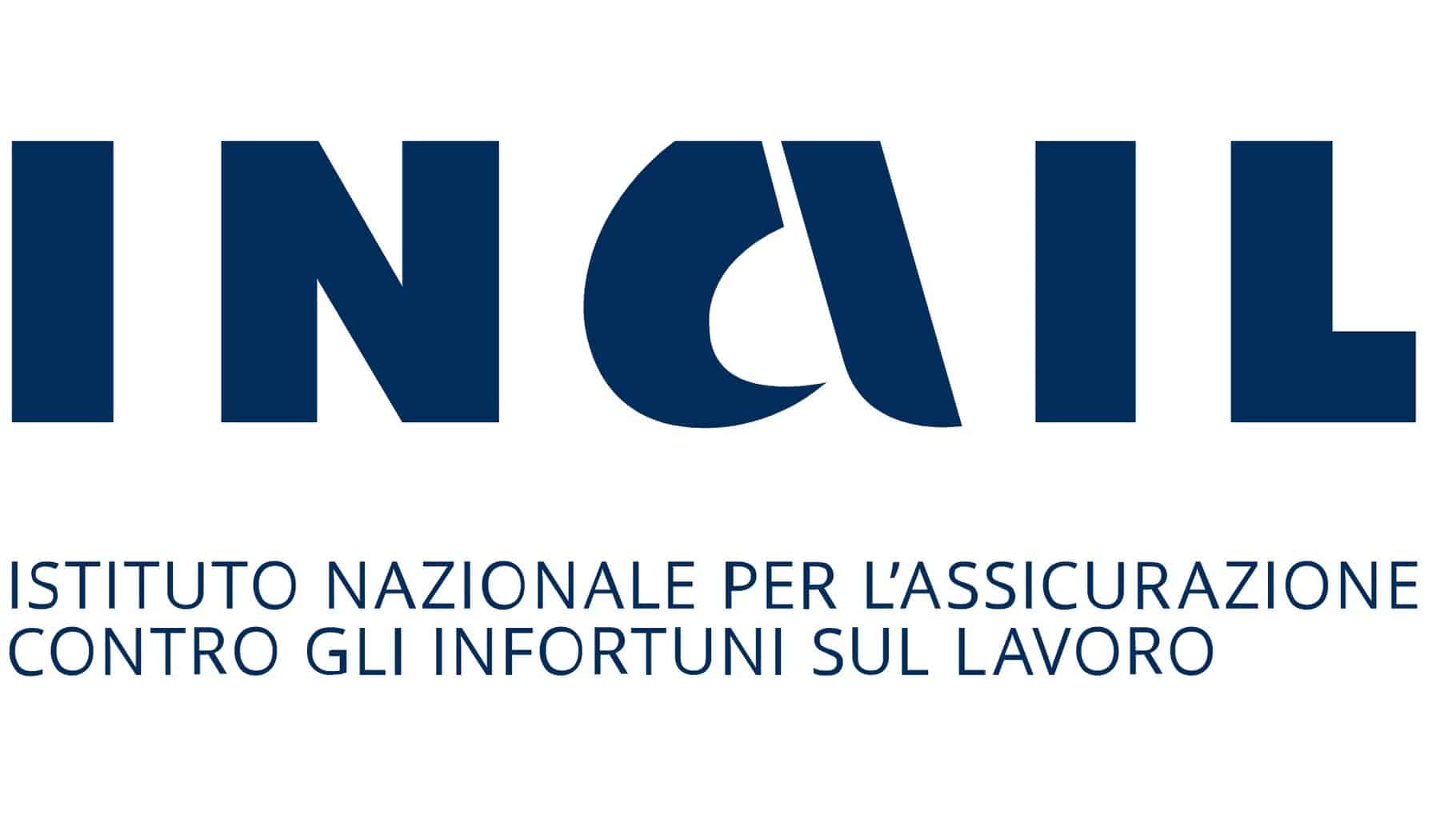SOFTMANBOT is an industrial-end-user driven project that will provide an innovative and holistic robotic system for the handling of flexible and deformable materials within labour-intensive production processes. The robotic system will be composed by three main pillars including a generic robotic perception system (perception of the product and the human operator), a multi-sensor control and planning platform (advanced control algorithms for shape and contact servoing, AI based task generalization) and smart dexterous grippers (smart mechanical design which will embody grasping/manipulation skills and integrate sensors – mainly tactile – for identifying precisely the contact state between the product and the gripper) able to handle soft components with high-levels of robustness and flexibility. The automation solution is aimed to work in close collaboration with human operators in order to help them in the execution of contact-based challenging tasks so that the productivity and job quality will be boosted which will highly contribute to bring back production to Europe. Special attention will be paid to the integration of novel robotic concepts based on aspects of safety, ergonomics, adaptability, acceptance and user experience. In order to facilitate the assessment of the performance, transferability, scalability and large scale deployment of these solutions, the demonstrations will be conducted under real industrially relevant environments in four pilot demonstrators involving four key manufacturing sectors – toy, textile, footwear and tyre –. The project is not just aiming at quantitative improvements brought by cutting-edge technologies in a specific sector, but to use technology innovation to support a change of paradigm where handling of soft materials with the involvement of robots become a feasible and widespread alternative for European factories, specially SMEs.

Il nostro laboratorio congiunto con Honda Research Institute Japan (HRI-JP) mira a sviluppare algoritmi avanzati di controllo, percezione e pianificazione per scenari di collaborazione uomo-robot.
Le parole chiave del laboratorio congiunto che caratterizzano la ricerca che sviluppiamo sono ergonomia, cobot e collaborazione umani-robot.
Oltre a iCub, gli algoritmi concepiti per la collaborazione uomo-robot saranno testati sui robot umanoidi ED-2R e Asimo.

Il laboratorio congiunto con Danieli Automation si concentra sullo sviluppo di sistemi robotici flessibili e soluzioni automatizzate nella lavorazione dell'acciaio.
Il nostro obiettivo è aumentare la sicurezza dei lavoratori in ambienti industriali pericolosi utilizzando algoritmi avanzati di controllo, percezione e pianificazione.

Il Gruppo Camozzi è leader di mercato nella produzione di componenti per l'automazione pneumatica con applicazioni nei settori life science, sanitario e tessile.
Come linea di ricerca, stiamo applicando la nostra esperienza nella modellazione, nel controllo e nella pianificazione di sistemi non lineari al campo della pneumatica.

Il progetto si propone di ideare future tecnologie indossabili e robot umanoidi per massimizzare l'ergonomia del lavoro e l'accettabilità tecnologica dei futuri ambienti industriali e sanitari.
L'Inail è l'Istituto nazionale per l'assicurazione contro gli infortuni sul lavoro, un ente pubblico che gestisce l'assicurazione obbligatoria contro gli infortuni sul lavoro e le malattie professionali.

La collaborazione mira ad adattare l'architettura Avatar del robot iCub per sviluppare un robot Avatar commerciale a ruote controllato dall'uomo in un ambiente di simulazione. Stabiliremo l'infrastruttura di simulazione Avatar per garantire il funzionamento continuo dei componenti. Il progetto integrerà interfacce avanzate di manipolazione, vocali e visive per una migliore interazione uomo-robot e implementerà un feedback tattile e controlli di locomozione per movimenti precisi e realistici.

RAICAM è un fornitore di soluzioni per materiali di attrito ad alta tecnologia, attuatori per freni, trasmissioni e applicazioni di raffreddamento per diversi mercati.
Questo progetto congiunto mira ad adattare le tecnologie e gli algoritmi sviluppati per i robot umanoidi ad altri campi, come la mobilità sostenibile.

L'idea dello spin-off di AMI mira a fornire una piattaforma integrata che consenta il monitoraggio della salute umana in tempo reale per quanto riguarda il tracciamento del movimento, il monitoraggio dello stress articolare e l'analisi della fatica. Sulla base della nostra ampia e approfondita analisi di ricerca, abbiamo sviluppato una tecnologia innovativa.
iFeel sarà il prossimo passo nel monitoraggio della salute umana in tempo reale per applicazioni industriali, riabilitative, sportive e di gioco.


